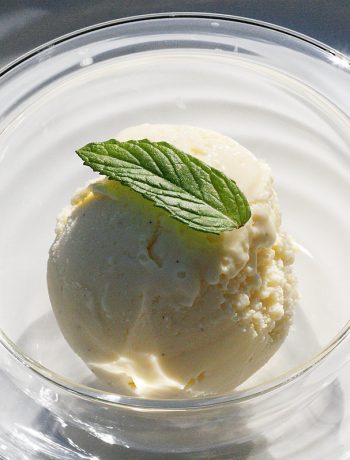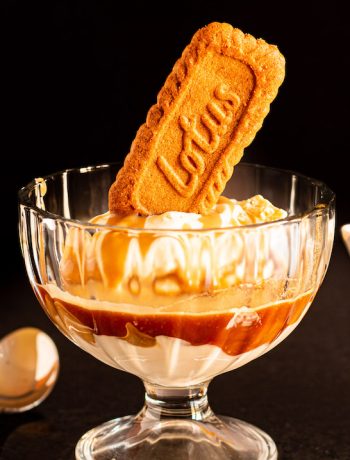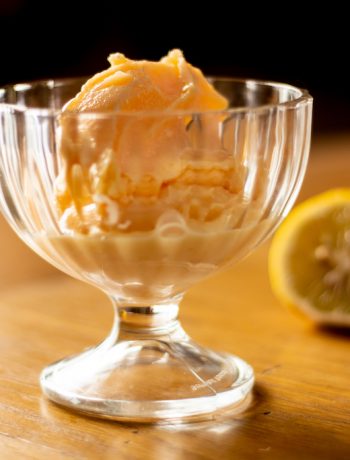It is probably fair to say that the Italians do not go a bundle on desserts. They will serve you sweet end to a meal, but an Italian restauranteur is more likely to approach your table and offer “cake” as an option rather than calling it ‘dessert.’ And it’s true that while the Italians do not tend to make things like chocolate fondants, crêpes, galettes, fruit pies and crumbles, they do like a good cake. So much so, that tiramisu – a dish rather like a coffee-flavoured trifle, and which one any right-minded European would call a dessert – is also called ‘cake’ by the Italians.
Tiramisu is a relatively recent invention, and food of this vintage is usually very well documented. So how is it that in 2019 we are 3 years into the War of the Tiramisu?
On the one side of the battle, we have the town of Treviso in Veneto where pastry chef* Roberto ‘Loli’ Linguanotto of Le Beccherie (closed 30 March 2014) claims invention in the 1960s/70s. The dish was ‘commissioned’ by Le Beccherie owner Ada Campeol, who had just given birth. She needed a ‘pick me up,’ and Loli delivered that in the form of layers of sugared eggs, chocolate and espresso. ‘Tira mi su‘ roughly translates to ‘pull me up.’ As far as the people of Veneto go, this is a done deal – there is no argument to have, so just sip your espresso, eat your ‘torta‘ and shut up.
Thanks to modern video streaming, you can actually watch Linguanotto making the Le Beccherie dish here (audio in Italian):
On the other side of no-man’s land, we have Piedmontese food writers Clara and Gigi Padovani who undertook a load of research that they published in 2016.
Now, before we get into what the Padovanis found, we have to remember that they were promoting a book called Tiramisu – History, Curiosities and Interpretations of Italy’s Best Loved Dessert, and they had dedicated a couple of years of their life to this endeavour – so we can safely assume that they were a little more than ‘invested’ in the idea of creating controversy.
Nevertheless, the Padovanis unearthed a load of information that turns the history of tiramisu on its chocolate-sprinkled head.
They found a recipe from the town of Tolmezzo in Fruili, right up against Italy’s borders with Slovenia and Austria. There, in Hotel Roma on Piazza XX Settembre, Norma Pielli says she invented the dessert and named it after a gentle teasing (‘pulling’) of husband Joseph ‘Beppino’ Del Fabro. Norma says:
“This is a gentle pulling of said Beppino; [I said] let’s call tiramisu. It was 1951 or maybe ’52, I forget.”
Of course, this just lit the touch paper up the arse of the governor of Veneto, Luca Zaia. Faced with the evidence that Padovanis found he said of the idea:
“Don’t question its origins in Treviso. No one can swindle us out of tiramisu – it was invented by the Alle Beccherie restaurant in Treviso. That is set in stone.”
To be sure of the Hotel Roma claim, we would really need to see a dated menu from 1951. The date of the Le Beccherie recipe is fixed as it matched the birth of Ada Campeol’s child (who was not Carlo Campeol, as he was 60 years old in 2014 when he closed the restaurant). Until then, the debate will rage on. And I fancy that if the documents are shown to Luca Zaia, he will still scoff at them.
The recipe we have given here is from The Silver Spoon, but with some marsala added as we are pretty sure that was in the original.
Hotel Roma can still be found at 2 Via Roma, Tolmezzo, Friuli Venezia Giulia 33028, Italy. Call +39 0433 468031 for a reservation. Ristorante Le Beccherie has long gone.
*Linguanotto is often cited as the owner of Le Beccherie, but this was actually husband and wife team Ada and Aldo Campeol.
Tiramisu
Ingredients
- 175ml espresso mixed with 4 tbsp marsala wine
- 200g sponge fingers
- 150g icing sugar
- 2 egg whites
- 4 egg yolks
- 400g mascarpone
- 150g dark chocolate grated in a food processor
Instructions
Whisk the egg whites to stiff peaks. Whisk the yolks with the sugar until pale and fluffy.
cream the eggs with the cheese first, and then fold in the whites (doing it the other way round will lose lightness).
Dip the biscuits in the coffee and wine (do not over-soak).
Now layer dipped biscuits, cream and chocolate over and over until the ingredients are all filled up (make sure you end with a cream layer). Sprinkle over with chocolate and chill.







No Comments